I'm working on a page that will allow a webmaster to add styles to their twitter feed. Several of these styles use transparency in their display. I want to create a list of images for them to choose from. Currently I am taking screenshots on a checked background such as this:

But that isn't really what I want.
Is their some method of capturing an image of an HTML element, and maintaining the transparency?
EDIT: I'm just digging into this, so I'm coming across new topics, such as HTML5 Canvas, and -moz-element. Is it possible to set a canvas background to the html element using -moz-element, then extract the image data from the canvas? I'm going to try this unless someone who's 'been there done that' heads me off.
EDIT: The -moz-element and canvas was a deadend. -moz-element will set the item as a background, but will not allow you to save background image. And canvas doesn't save its background, even when the background is a normal image.
